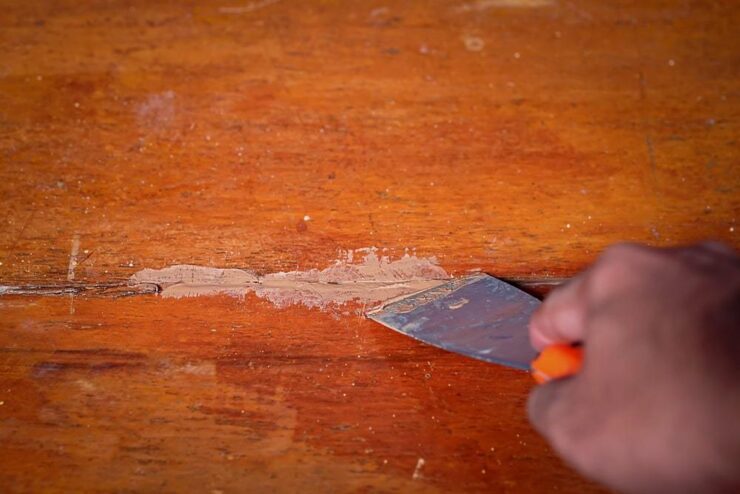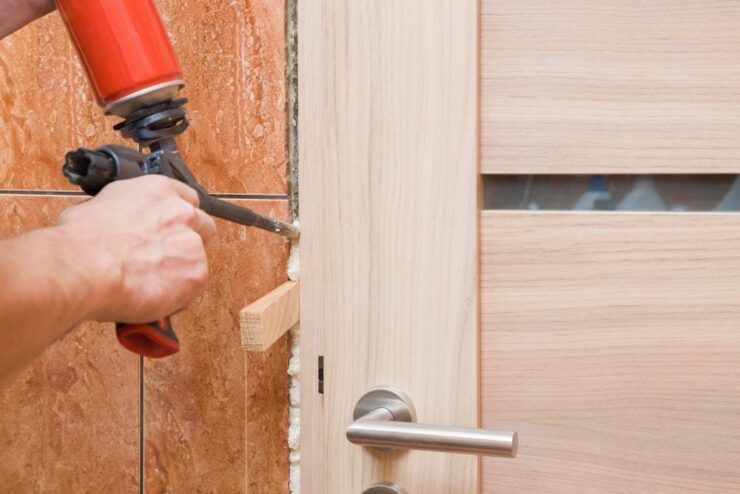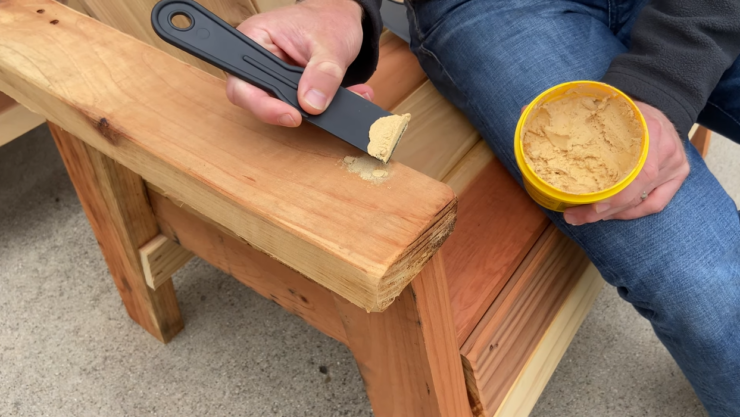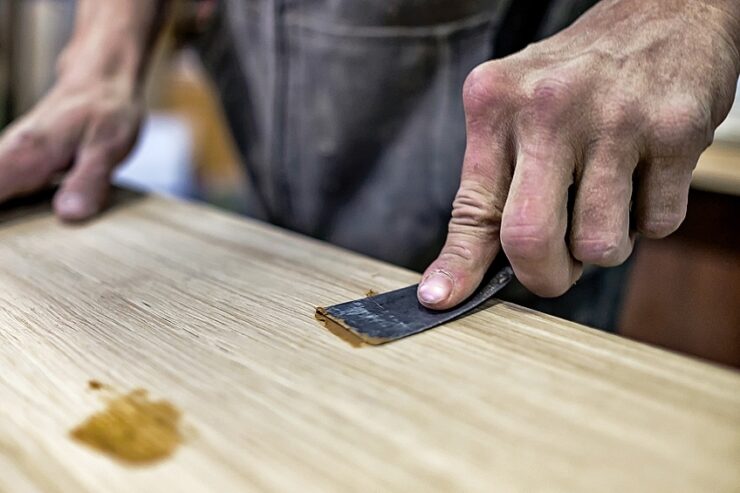As the weather warms up, so do the desires of homeowners to repel water and dirt from their properties. Unfortunately, traditional methods like painting and caulking can be quite time-consuming and labor-intensive. In lieu of these more traditional solutions, some homeowners are turning to exterior wood fillers. In this blog post, we will discuss the best exterior wood fillers for outdoor use in 2023 and give you a rundown of each one’s benefits and drawbacks. From water repellency to durability, read on to learn everything you need to know before making your decision.
Choosing the Right Exterior Wood Filler

When it comes to exterior wood fillers, there are a few things to keep in mind. The filler must be able to withstand weather conditions and sunlight. Also, the filler should be durable and resistant to rot and decay. The filler should have a color that harmonizes with the surrounding environment. Finally, it should be able to adhere well to the surface it is being applied to.
When choosing an exterior wood filler, it is important to consider the climate where you will be using your deck or porch. Some are not ideal for areas that experience high winds or rainstorms because they can easily blow away or get wet and cause damage. Additionally, some fillers may not provide adequate protection against UV rays, which can cause degradation over time.
To find a suitable one, it is helpful to review product reviews online or contact local professionals who can recommend a specific product. Some popular ones include portland cement powder, sandpaper grits, iron filings, and ground up plastic bottles. It is also possible to mix different fillers together to create a custom mixture that is specific to your project needs.
Once you have selected the right one for you, it is time to apply it. Before starting, be sure to clean and prepare the surface first. This may involve sanding or using a pressure washer to remove dirt and debris. Then, you can fill in any gaps or cracks with your chosen product. For best results, use a putty knife or trowel to spread the filler and make sure it is even and level. Allow it to dry before walking on it or adding any additional coats of paint or sealer.
No matter what type of exterior wood filler you ultimately choose, be sure that it is compatible with the environment in which it will be used. Proper selection can help ensure that your deck or porch looks great for years to come!
Types of Exterior Wood Fillers

There are a few types of filler that are commonly used in the exterior wood finishing industry. Each type has its own advantages and disadvantages, so it’s important to choose the right one for your project.
- Polyurethane Foam: This is the most common type of filler and is used in a lot of applications because it’s easy to use, affordable, and provides a good finish. The downside is that it can be difficult to sand, so you may need to use other techniques to get a smooth surface.
- Bondo: It is similar to polyurethane foam but is denser and has a rougher surface. It’s often used as a filler for areas where there are lots of curves or corners because it can provide a more realistic look.
- Spackle: This is an old-fashioned filler that’s made from Portland cement, water, and sand mixed together in ratios that vary depending on the recipe. It’s popular because it provides a low-cost solution that doesn’t require special tools or skills to use and can be easily painted or stained.
- Wood Glue: Wood glue is another traditional fillers that uses natural products like tree sap, linseed oil, or animal blood to bind the wood together. This type can be tricky to work with because it takes time for the glue to dry, and it can be difficult to sand or paint.
- Epoxy: This is a strong and durable filler that is made of synthetic material like polyester, epoxide, and hardener. It can be used to fill in large cracks and holes but will require special tools and skills to apply it correctly.
How to Apply
To apply exterior wood fillers, you’ll need a few supplies. Gather your wood filler, a putty knife, and some sandpaper. You may also need a paintbrush if you’re using a water-based wood filler.
Start by cleaning the area you’ll be filling. remove any dirt, dust, or debris with a brush or vacuum. If there are any cracks or holes in the wood, use the putty knife to fill them in with wood filler. Smooth out the filler so it’s level with the rest of the surface.
Next, use the sandpaper to rough up the area around the repair. This will help the filler adhere better. Once you’ve sanded the area, wipe away any dust with a cloth.
Now you’re ready to apply the filler. If you’re using a water-based product, dip your brush into the filler and apply it to the repair area in smooth strokes. If you’re using a solvent-based product, apply it directly to the repair area with the putty knife.
Smooth out the filler as best you can and let it dry according to the manufacturer’s instructions. Once it’s dry, sand it down so it’s flush with the rest of the surface. You may need to apply a second coat of filler if there are any deep gouges or holes.

Testimonials from happy customers
Here are some testimonials from happy customers of our top exterior wood fillers:
“I’m very pleased with the [wood filler] I ordered – it’s just what I needed to repair some cracks on my deck. Thanks!” – Anne, VT
“I am extremely pleased with the results of using [the wood filler] on my garage door. It filled all of the gaps and crevices perfectly.” – Karen, OH
“I have used [the wood filler] on both exterior decks and interior trim work in my home – both jobs have turned out beautifully! It is easy to use, looks great, and is very nontoxic.” – Lisa, MN

